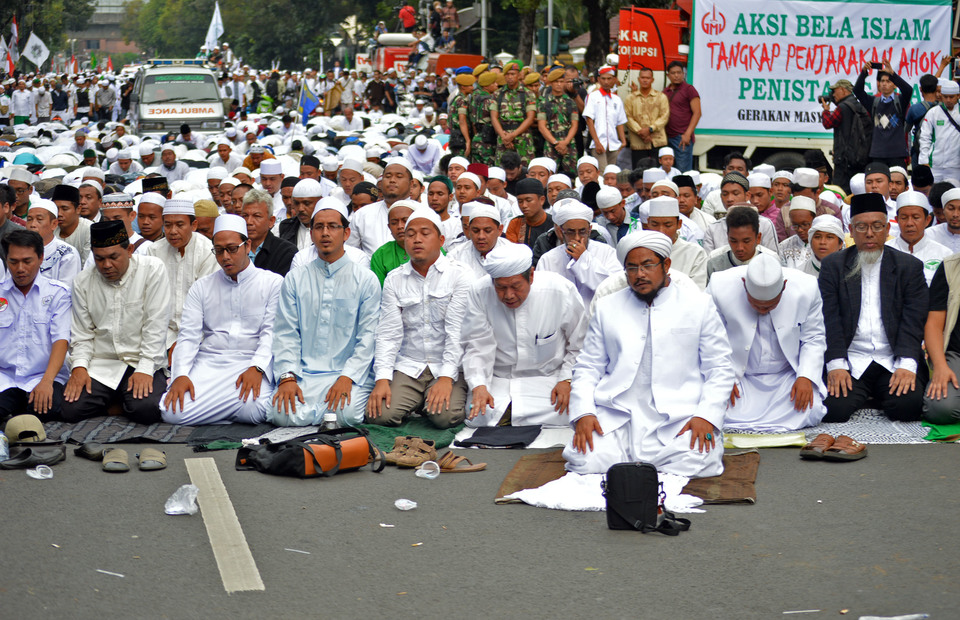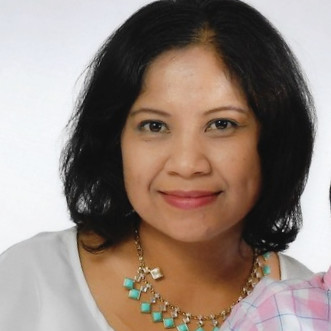This article has been republished with permission from our partner, Stratfor. The original version was first published in Stratfor’s WORLDVIEW and can be found here.
U.S. President Donald Trump’s Memorial Day weekend visit to Japan serves as a reminder of the complex relationship between the United States and Japan. In addition to ceremonial events, meeting the new emperor and visiting U.S. military personnel, President Trump held discussions with Prime Minister Shinzo Abe about trade frictions (driven by the United States’ nearly $68 billion trade deficit with Japan) and regional security concerns ranging from North Korea to China to Iran. This contrast between bilateral trade competition and mutual security cooperation in many ways exemplifies the modern U.S.-Japan relationship.
Mutual and Conflicting Interests
U.S.-Japanese security and economic interests have been intertwined and often at odds with one another. This has played out through recent history, from the time Commodore Matthew Perry’s “Black Ships” sailed into Edo Bay in 1853, through the post-World War I distribution of territories and the 1922 Washington Naval Treaty, to U.S. restrictions on Japanese access to key industrial resources in the late 1930s and beyond. This duality was further ensconced after World War II and has defined modern U.S.-Japanese relations. In what later became known as the Yoshida Doctrine, for then-Prime Minister Shigeru Yoshida, Japan largely relegated its national security and defense to the United States and instead focused its resources and efforts on reconstruction and building a modern economy.
Japan’s strategic location in the Pacific gave Tokyo quite a bit of leeway in its relationship with the United States. The outbreak of the Korean War in June 1950 solidified Japan as a key component of the U.S. defense architecture to contain the spread of communism in Asia, with Japan serving as an off-shore support base for U.S. operations in Korea and later in Indochina. The 1951 Security Treaty between the two, which would undergo several evolutions, provided basing rights for the United States and strengthened the importance of Japan in U.S. defense planning and posture. Japan’s location also served U.S. efforts to bottle up the Soviet Pacific Fleet during the Cold War.
Though Washington convinced Japan to stand up its Self-Defense Forces, Tokyo often held firmly to the Yoshida Doctrine, limiting its own indigenous military capacity while building up its economic might. Japan provided financial support for U.S. basing (effectively outsourcing its own national defense) and moved rapidly from an import substitution economy to that of an industrial powerhouse. The phrase “Made in Japan” underwent a radical transformation, from being a sign of cheap goods to an indicator of leading high-end technology and quality manufacturing. Initially, Japan’s economic focus over security responsibilities drew quiet criticism from the U.S. over Tokyo not pulling its weight in the alliance, but until the early 1990s, this was mostly rhetoric rather than any serious bone of contention.
Rising Trade Discord
The first major crisis in trade between the United States and Japan began in 1973 with the Arab oil embargo, triggered by the Yom Kippur War. The resulting oil shock opened the way for a brief but significant surge in Japanese auto sales in the United States. Japanese car sales picked up again in the late 1970s, at a time when U.S. automakers were facing rising economic problems of their own, and the competition led to outbreaks of rhetorical (and at times literal) “Japan bashing,” leading Tokyo to apply voluntary export restrictions by 1981 to try and ease trade tensions. The automotive industry was an early focus of competition, but throughout the 1980s it was the emerging high technology arena that became a key focal point. The rising trade dispute was further heightened by expanding Japanese investments in the United States, raising cries of America being sold to Japan.
By the late 1980s, U.S. and Japanese trade frictions had come to a head. Inside Japan, a nascent sense of nationalism had emerged during the previous decade, and in 1989 then-Minister of Transport (and later Tokyo Governor) Shintaro Ishihara penned a book with Sony Chairman Akio Morita titled “The Japan That Can Say No.” The book echoed the sentiment that Japan had left its national interests in U.S. hands for too long, and it was time for the country to stand up, assert its own position and say “no” to U.S. demands. Amid the small but significant camp calling for a stronger and more independent Japan, and given rising anti-Japanese sentiment in the United States, Washington used a combination of unilateral and multilateral dialogues and diplomatic tools to chip away at what it portrayed as Japan’s unfair trade practices.
The mismatch between U.S. security and economic interests that was obvious during Trump’s visit to Japan is not an anomaly but a baseline element of the relationship between the two Pacific partners.
The result was the floating of the Japanese yen, changes in investment and industrial policies, and as a secondary consequence the decline of Japan from a rapidly growing economic power to a country that slipped into 25 years of relative economic malaise. Significantly, Washington targeted the Japanese economy even in the midst of the Cold War, at a time when the United States was deeply at odds with the Soviet Union, and thus where the Japanese alliance was a critical security component. The apparent mismatch between U.S. security and economic interests that was obvious during Trump’s recent visit to Japan, then, is not an anomaly but is rather a baseline element of the relationship between the two Pacific partners.
Continuing a Pattern of Past Relations
In this context, what appears on the surface to be counterintuitive — engaging in strategic competition with China while simultaneously attacking trade relations with key ally Japan — matches a pattern of past relations. The structure of the U.S. government and society frequently leads to seemingly contradictory policies on economic and national security interests, in contrast to countries like China or even Japan in the 1960s through the 1980s. For Tokyo, this is not a new situation, nor is it one that the Japanese perceive as fundamentally straining their security relationship with the United States. In many ways, that aspect of the alliance is growing even more significant as Japan moves further away from its strict interpretation of both the Yoshida Doctrine and the war-renouncing Article 9 of the Japanese Constitution. Tokyo no longer sees its national security as something to leave in U.S. hands, but neither does it see an advantage in breaking from the U.S. security orbit.
Over the past several decades, Japan has slowly but steadily moved its defense capabilities from being a supplement to U.S. forces to be a complement to them. And, in some ways, it has even begun to take on some regional security responsibilities itself. This was driven by a combination of factors: The evolving North Korean security situation beginning in the late 1990s; the rise of China, particularly over the past decade; and by the more recent encouragement of the United States for its regional allies to take on more local responsibility. Washington wants to reframe burden sharing from primarily financial and basing support to concrete action, encouraging its allies and partners in the Indo-Pacific to take on more responsibility. And Japan is now ready to reemerge from its quarter-century malaise.
Japan’s strategic location, advanced technological know-how, and parallel interest in countering a rapidly rising China reinforce its ongoing and expanding security cooperation with the United States. At the same time, Tokyo’s advanced economy and primary position as a maritime trading nation continue to stir competition in its relations with the United States. It is this duality that defines U.S.-Japan relations, and it is something that is unlikely to fade away any time soon.
 Rodger Baker is the Senior VP of Strategic Analysis at Stratfor. He leads Stratfor’s strategic thinking on global issues and future trends.
Rodger Baker is the Senior VP of Strategic Analysis at Stratfor. He leads Stratfor’s strategic thinking on global issues and future trends.




 Mefi Ruthviana Geary, PhD, has a scholarly interest in Countering Violent Extremism and deradicalization of terrorists. Her expertise is in Southeast Asian foreign policy analysis and open source intelligence (OSINT).
Mefi Ruthviana Geary, PhD, has a scholarly interest in Countering Violent Extremism and deradicalization of terrorists. Her expertise is in Southeast Asian foreign policy analysis and open source intelligence (OSINT).

